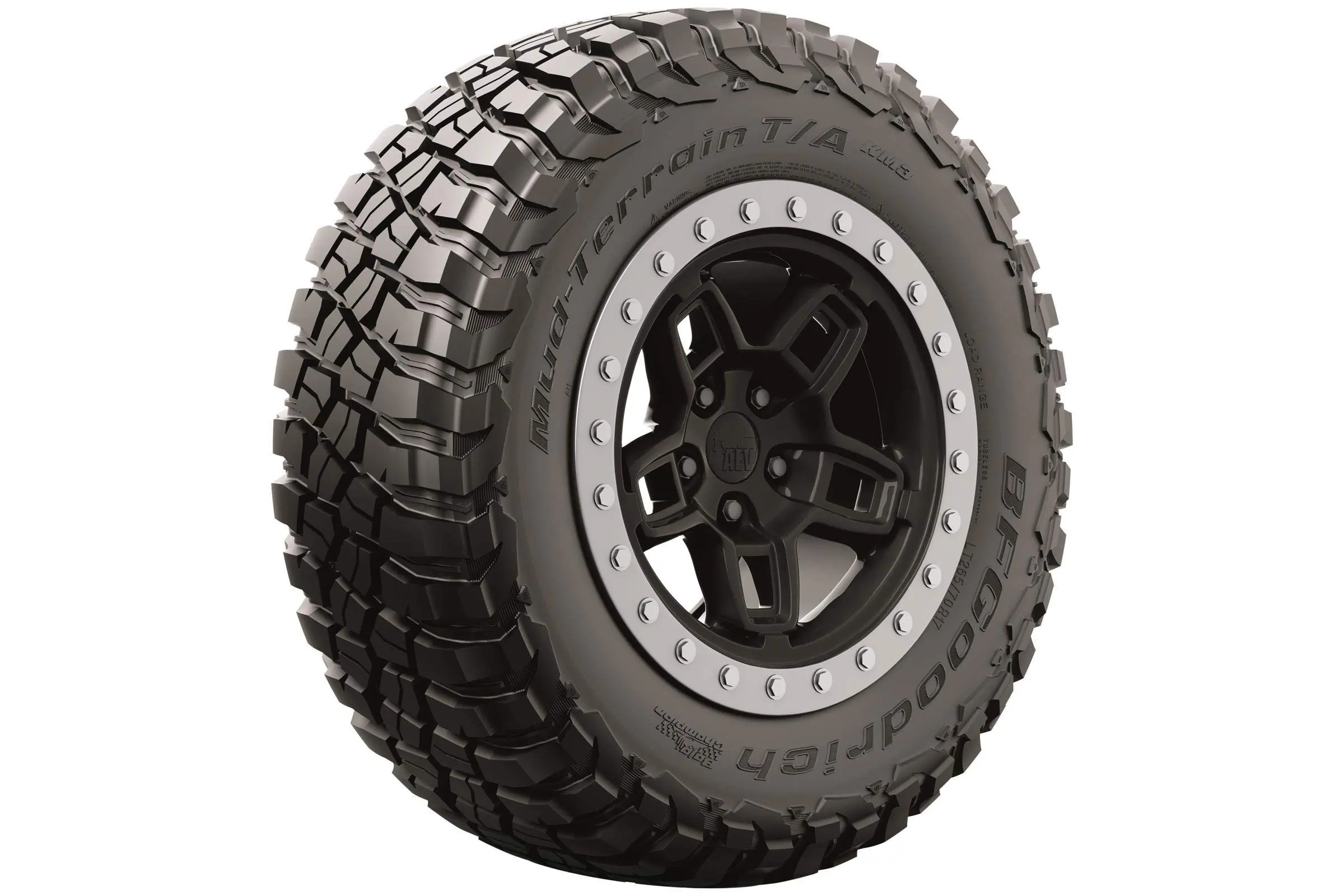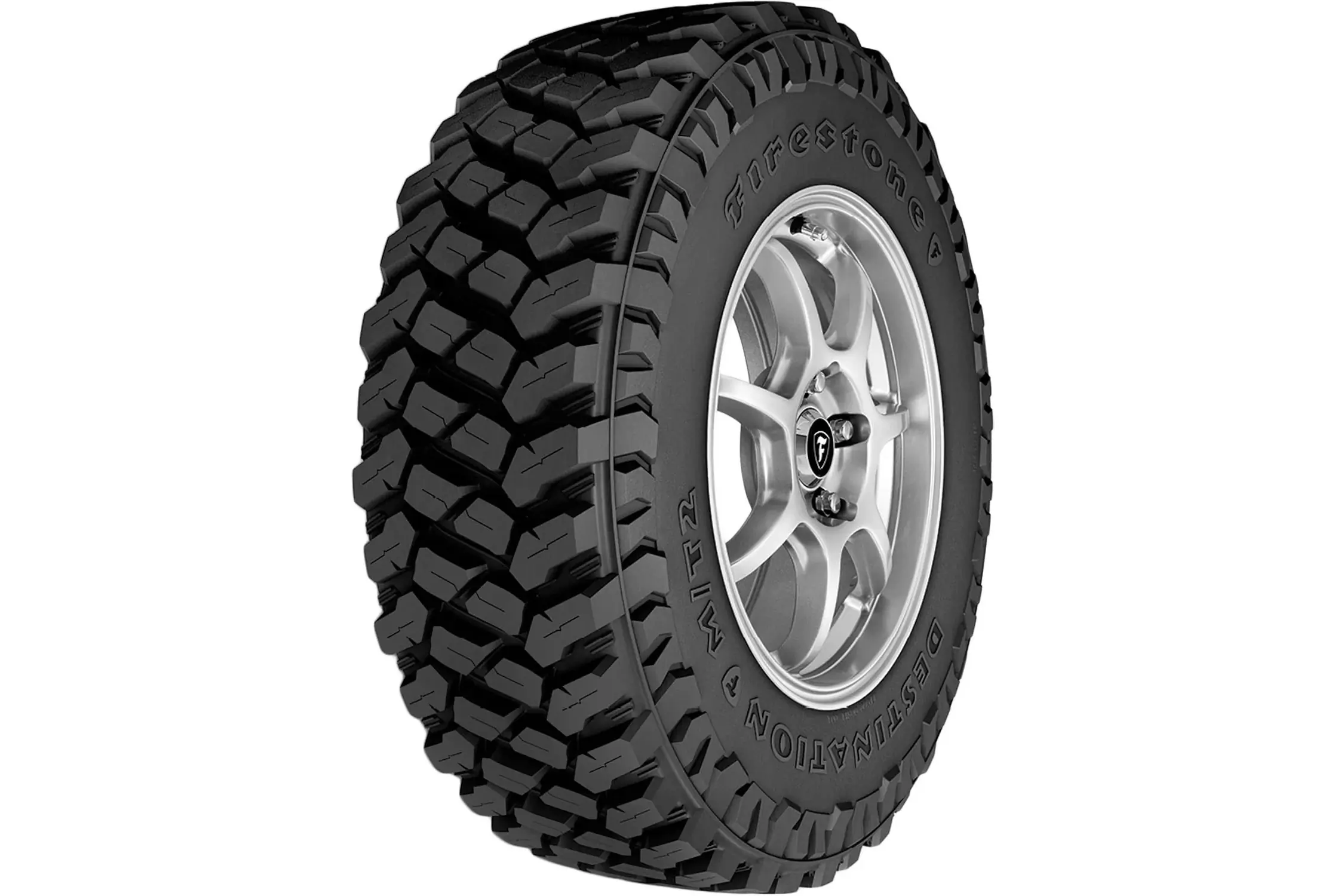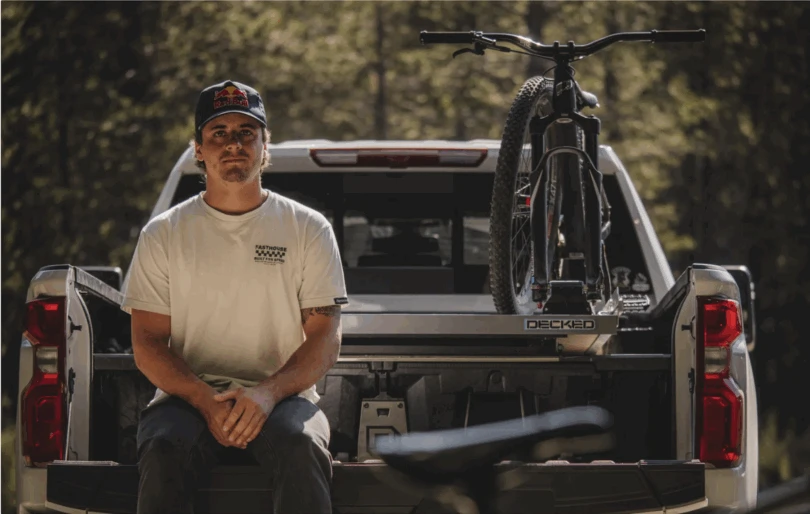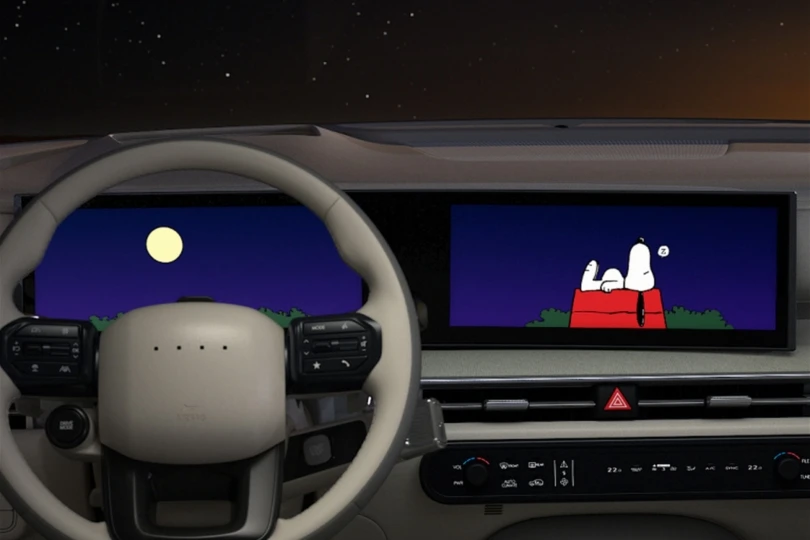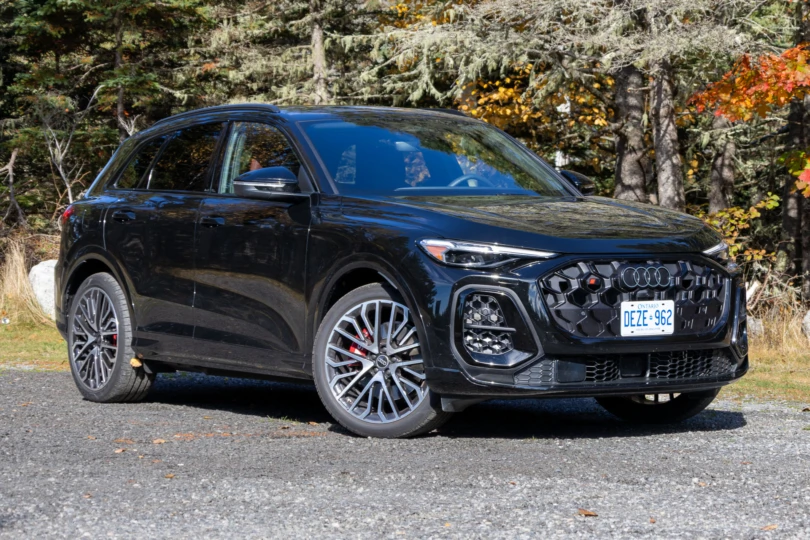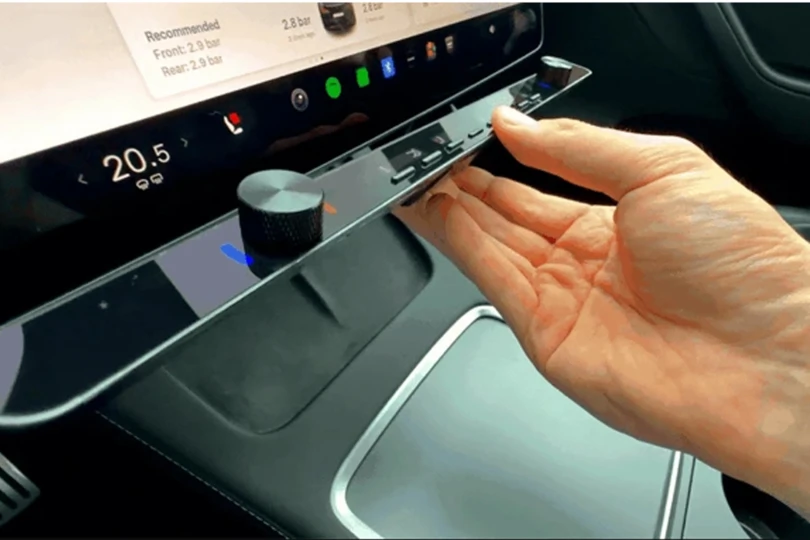If you’re a dedicated off-road enthusiast, having a set of the best mud-terrain tires for your 4×4 is vital to conquering obstacles and finding traction. Mud-terrain (MT) tires are an excellent choice for your 4WD truck, SUV, or Jeep if you frequent deep, muddy trails and take your vehicle out for more than the casual off-road excursion.
Mud tires are characterized by their aggressive, chunky tread pattern, which provides traction in even the most slippery conditions. Along with the unique tread pattern, mud-terrain tires are also built with extremely durable sidewalls to better handle the abuse of harsh terrain, even when aired down. Generally, mud tires are also a great option for rock crawling.

We’ve compiled a list of the best mud-terrain tires on the market today so that you can walk away from our buyer’s guide knowing which tire is the right one for you. Along with that, we’ve answered some of the most frequently asked questions regarding mud-terrain tires and listed some of the key features to consider when choosing new rubber for your off-road vehicle.
The Best Mud-Terrain Tires of 2023
- Best Overall: BFGoodrich Mud-Terrain T/A KM3
- Best Budget Mud-Terrain Tire: Atturo Trail Blade M/T
- Best Premium Mud-Terrain Tire: Nitto Trail Grappler M/T
- Best of the Rest
- Toyo Open Country M/T
- Goodyear Fierce Attitude M/T
- Falken Wildpeak M/T
- Firestone Destination M/T2
- Milestar Patagonia M/T
- Interco TrXuS M/T
Why You Should Trust Us

We get that people want the best value on gear before spending their hard-earned money. Our expert team carefully selects the products we cover and vigorously researches (and tests) our top choices. Bottom line: The GearJunkie staff is dedicated to exhaustive analysis and helping our readers make informed choices.
Buyer’s Guide: How to Choose Mud-Terrain Tires

Picking the Best MT Tires
When choosing mud-terrain tires, first determine the appropriate tire and wheel size that fits your vehicle. Note that any upgrades you have made to the suspension or brakes may influence what size tire and wheel will fit your vehicle. Then, consider what activities you plan to use the mud-terrain tires for.
Overall, mud-terrain tires are heavy-duty and optimized for off-road use in dirt, rocks, and mud. Mud-terrain tires offer limited traction and a shorter tread life, and they will be less fuel-efficient on pavement than all-terrain or all-season tires.
If less aggressive and more on-road-friendly tires are what you need for your 4×4, then have a look at our all-terrain (AT) tire buying guide: The Best All Terrain Tires.
The key features to consider when purchasing mud-terrain tires include clearance, shoulder tread, tread pattern, and sidewall specifications — which will be explained more in-depth at the end of the article. In short, mud tires provide safety and durability when off-roading on muddy and rocky terrain.

Mud-Terrain Tire Features to Consider
First, make sure you have adequate clearance on your vehicle to fit the size mud tire you are looking to buy. This is especially important if you plan to purchase a larger tire size than the OE tires that come stock on your vehicle.
There needs to be proper clearance between the tires and your vehicle’s fenders. Typically, trucks will be able to accommodate slightly larger tires without any modifications. However, smaller SUVs may not.
Next, the tread pattern is a very important feature of mud-terrain tires. While all of these tires will have deep grooves, the tread pattern does vary from tire to tire. Generally, the deeper and chunkier the tread pattern, the more traction you’ll get in loose and muddy conditions. Along with the tread pattern, look for a tire with elevated tread on the shoulders for added grip and siped tread for even more traction in wet conditions.
Speaking of sharp objects, the sidewalls are vital in protecting the tire in extreme off-roading conditions. The thicker the sidewall, the more durable the tire, and the more likely it will stand up to sharp objects or possible punctures or abrasions along the sidewall. One measure to look for is the ply rating. The general rule of thumb is to purchase mud-terrain tires with a sidewall rating of three-ply or higher.
It is important to note that as the spacing of the tread pattern gets larger, the tire gets louder on the pavement. So, if you are trying to find a mud-terrain tire with relative on-road comfort, look for mud-terrain tires with centered tread patterns and less pronounced grooves.

Go Off-Road Prepared
Having mud-terrain tires helps you avoid getting stuck in many off-road conditions. However, we recommend bringing along basic recovery gear before your next off-road excursion, including traction boards, and possibly a winch, just in case. Not only will your vehicle look extreme in all the cool ways, but you will be equipped to take on the most challenging off-road trails.
Mud Terrain Tires FAQs
Mud-terrain tires are well suited for a wide range of off-road conditions, especially loose and wet conditions. Because of the large and deep tread design, they find traction in deep mud but also can be quite loud on the road. The big blocky design also looks aggressive and will make your 4×4 look mean.
All-terrain tires have smaller tread blocks. Think of AT tires as 50% on-road and 50% off-road capable. Well-equipped to handle wet, snowy, and icy terrain, they fall short when dealing with deep mud in off-road conditions. If you are driving off-road trails with deep mud, you are going to want a tire that can dig deep and find grip. Check out our article on the differences between mud-terrain tires and all-terrain tires if out want to go more in-depth.
Generally, mud-terrain tires do not perform as well on paved roads as other options. They tend to wear relatively quickly due to the softer compounds that make up the tire. Consequently, mud tires will affect fuel economy and wear faster if the majority of driving is on the pavement.
Mud-terrain tires create traction in loose, muddy, and/or rocky off-road conditions. Primarily because the deep grooves and chunky tread of the tires will push mud and loose rocks out from under your tires. This gives you the traction you need to keep moving forward.
It’s not unusual for mud-terrain tires to last 30,000 to 40,000 miles, as they have a deep tread that starts at 18/32 of an inch — nearly twice that of a typical road tire. Of course, your driving conditions and how often you go off-roading will impact the tire lifespan. Here are a few things to consider that will affect how often you’ll have to shop for new mud tires:
- Driving surface. Using mud-terrain tires mostly on dirt trails, mud, and snow puts less wear than mainly driving on paved roads.
- Proper tire inflation. Running lower air pressure allows mud tires to flex and conform over rough terrain. With this in mind, overinflated tires also risk damage when traveling over rugged conditions.
- Driving habits. Drive smoothly because aggressive braking and acceleration habits will negatively affect your tire’s tread life.
Contrary to what you may think, mud-terrain tires are not necessarily good in the snow. The large crevices on the tread pattern design of mud tires cause snow and ice to get stuck in the grooves. Once that happens, the tires lose traction.
Some mud-terrain tires are snowflake rated, however, and work well in all seasons.
Alternatively, we recommend using snow tires and/or tire chains in intense snowy or icy conditions.
Mud-terrain tires can be loud when driven on the pavement at high speeds and are for sure louder than other tire options. With that, if you ever have to drive them on the highway, expect noise from mud-terrain tires.
When driven off-road, they are still quite noisy. But you’ll likely find the noisiness is worth the unparalleled traction they provide.
While this is the general rule, some top modern MT tires offer impressively low road noise when considering their off-road mud traction focus.

